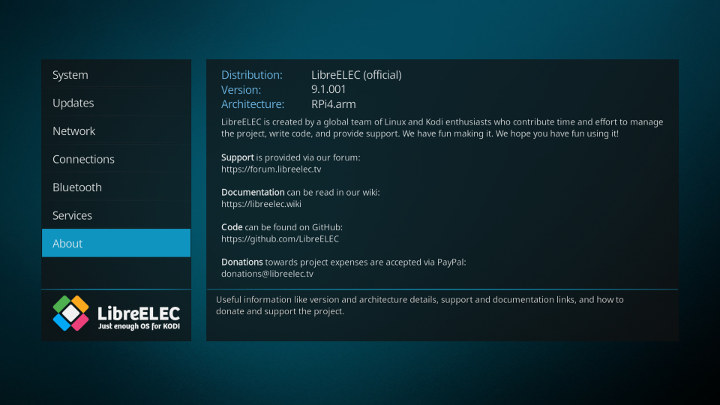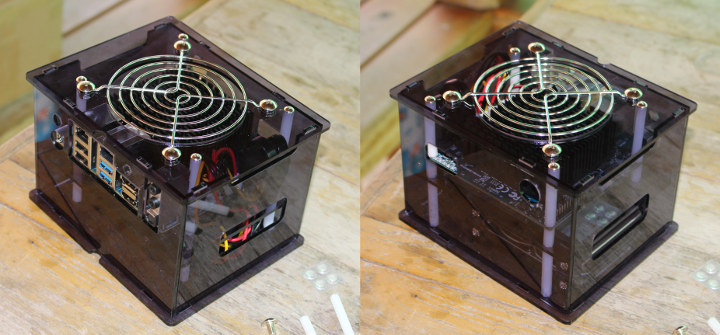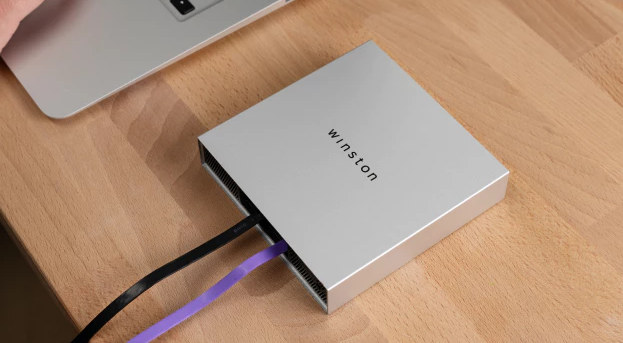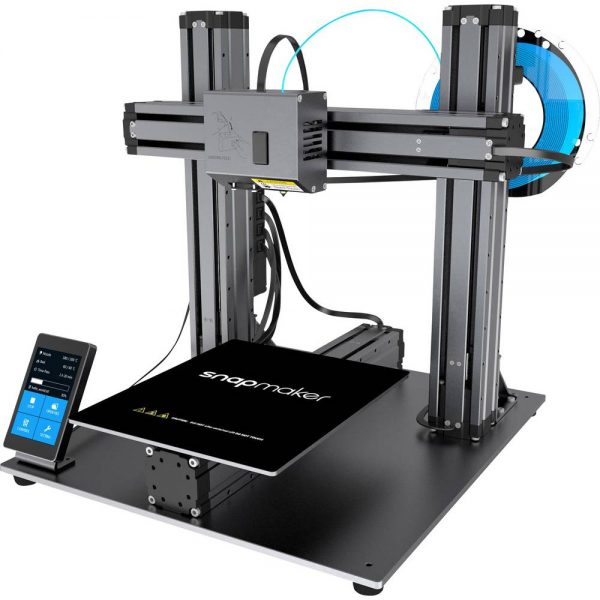4K monitors and TVs are now very common, and 8K displays, media players and camera are just coming to market and there’s still pretty expensive and content is basically nonexistent. 8K displays must be quite large or viewers must sit really close to get any benefit over 4K, but some people think 16K displays will be a thing in the not-to-distant future. Announced in 2016, DisplayPort 1.4 took care of 8K 60Hz output thanks to a 32.4 Gbps link bandwidth and compression, but the Video Electronics Standards Association (VESA) has now announced DisplayPort 2.0 standard with support for one 16K display at up to 60 Hz, or two 4K displays at up to 144 Hz with HDR thanks to a 80 Gbps link bandwidth / 77.4 Gbps payload bandwidth. DisplayPort 2.0 will work with either native DP connectors or USB Type-C connectors with DisplayPort Alt Mode for video and audio. […]
Pi-Top [4] mini-PC runs the New Raspberry Pi 4
The features and design have changed, but the reliability and the advanced processing capability are all the well-known new Raspberry Pi 4, housed in the new Pi-Top [4]. The popular platform has come out with a portable design with expanded connectivity, scalability, and increased processing capabilities. It boasts an OLED display in a mini-PC form-factor that the company has announced will go on sale on Kickstarter. The SBC industry is seeing a general increase in features and processing ability. Added device connectivity, especially in multimedia capability. The Pi-Top [4] is no exception. The laptop version of Pi-Top is still a viable computer with many features for an SBC footprint. The new Pi-Top [4] mini-PC has expanded RAM, increased ports, and comes with an inventor’s kit. The Pi-Top [4] comes with a roster of accessories that include; sensors, LED’s, and potentiometers to get those just beginning their journey on the path […]
4K Video Playback on Raspberry Pi 4 with LibreELEC (Alpha)
In my short Raspberry Pi 4 review, I tested 4K video output and playback in Raspbian, and sadly neither are working properly, with video output stuck to 1080p60 even after selecting 4K HDMI in the settings and yes, I double checked for “hdmi_enable_4k=1” in config.txt, while H.265 video playback is still clearly using software decode in both VLC and omxplayer. However, LibreELEC team announced support for Raspberry Pi 4 in LibreELEC 9.2 Alpha1 release based on Kodi 18.3 and Linux 4.19.x. So I downloaded LibreELEC-RPi4.arm-9.1.001.img.gz and flash it to a microSD card with balenaEtcher. The good news is that I could manually set the resolution to 3840×2160 and confirm it works with my TV, but the refresh is limited to 30 Hz maximum. Other refresh rates currently available include 23.98 Hz, 24 Hz, 25 Hz, and 29.97 Hz. The hardware is capable if 4K 60Hz, so it’s just a question […]
GPD P2 Max 8.9″ Ultrabook Launched on Indiegogo for $530 and Up
The previously unveiled GPD Pocket 2 Max has now launched on Indiegogo under the name GPD P2 Max. The mini laptop, which the company refers to as an Ultrabook, is powered by an Intel Core m3-8100Y Amber Lake processor coupled with up to 16GB RAM and 512GB SSD storage and features an 8.9″ high-resolution touchscreen display. Beside the Amber Lake processor, the company is also offering a lower cost model with an Intel Celeron 3965Y Kaby Lake-Y processor going for $530 in Indiegogo, against the $705 asked for the Intel Core m3-8100Y Ultrabook. GPD P2 Max Ultrabook specifications: SoC (one or the other) Intel Celeron 3965Y dual-core Kaby Lake processor @ 1.50 GHz with Intel HD graphics 615; 6W TDP Intel Core m3-8100Y dual-core/quad-thread Amber Lake processor @ 1.1 / 3.4 (Turbo) GHz with 24EU Intel UHD Graphics 615; 5W TDP, but configured with TDP-up @ 8W System Memory & […]
ODROID-H2 Rev B Review – Part 1: Kit Unboxing and Assembly
ODROID-H2 was announced in October 2018 as the first x86 SBC from Hardkernel. The board features an Intel Celeron J4105 Gemini Lake processor, two SO-DIMM slots for memory, two SATA ports and M.2 NVMe slot for storage, two Gigabit Ethernet ports, a mix of USB 3.0 and 2.0 ports, as well as HDMI and DisplayPort video outputs. The board went for sale the following month for $111, and the first batch of 2,000 boards was sold within 24 hours. In normal cases, this should not be a big problem, and in a few weeks, the company should have been able to produce more boards to fulfill the demand. But Intel decided to prioritize higher-end processors, and Gemini Lake SoCs’ manufacturing was put on the back foot. That means Hardkernel had to wait over 6 months to get supply of the Celeron J4150 processors. In the meantime, the company slightly redesign […]
BOE Showcases Rollable Displays for Smartphones (Video)
Companies have already announced foldable smartphones, but another type of smartphone may soon come to retail shelves as BOE showcased rollable displays for next generation smartphones at SID Display Week 2019. BOE, a China-based tech company, is a global leader in the semiconductor display industry. In addition they are an IoT company providing intelligent interface products. Also, they produce Interface Devices, Smart IoT Systems and Smart Medicine & Engineering Integration. In the video, you can see two different foldable phones, one which is about 7.7 inches display but, can be folded into a 6 inches display. And another rollable smartphone, which is up to 12.9 inches, the main attraction of the day. The 12.9 rollable smartphone, although still a prototype and not ready for the market, showed a lot of potential. With the plan to add more features to future versions, this smartphone, BOE is really heating things up. Additionally, it […]
Winston Privacy Filter Lets You Browse the Web Anonymously, Ad-free & Tracking-free (Crowdfunding)
More and more people are worried about their privacy online, so products and solutions aiming to protect people against tracking, targeted ads, cookies, and various other threat have been popping up. Fingbox and Firewalla are such devices, but their hardware may be limited, and software solutions like PiHole are also an option, but may not be suitable for everyone. Winston privacy filter is another plug-and-play solution, but based on an actual network processor, namely a Marvell ARMADA dual core Arm Cortex-A53 SoC, that should make sure your network performance is not impacted, and even provides a boost of performance for most visited websites due to the resources that are being blocked out. Winston “privacy filter” hardware specifications: SoC – Marvell ARMADA dual core Arm Cortex-A53 processor @ 1.0 GHz with security and data acceleration engines System Memory – 1GB DDR4 @ 800 MHz Storage – TBD Networking – Dual Gigabit […]
Snapmaker 2.0 is a 3-in-1 3D Printer, CNC and Laser Engraver (Crowdfunding)
The Snapmaker 2.0 is going to hit the market very soon, and it comes with a modular design and functionality to rival the high-priced all-in-one 3D printers, but comes at a very reduced price point. The company was featured on KickStarter and was fully funded within just a few days. Snapmaker 2.0 has many features and upgrades from the earlier model. The Snapmaker 2.0 comes in 3 models, the A150, A250 and the A350 and the main differences are in the build scalability. Respectively the build volumes range from 164x160x160mm which at the smallest range, it is already larger than the original Snapmaker, up to 320x350x330mm. These 3D printer models will carry a different pricing structure, but still in the modest range for a 3-in-1 3D printer with the A150 at $719, the A250 at $899 and the A350 at $1079, for preorder on Kickstarter. The Kickstarter price is […]


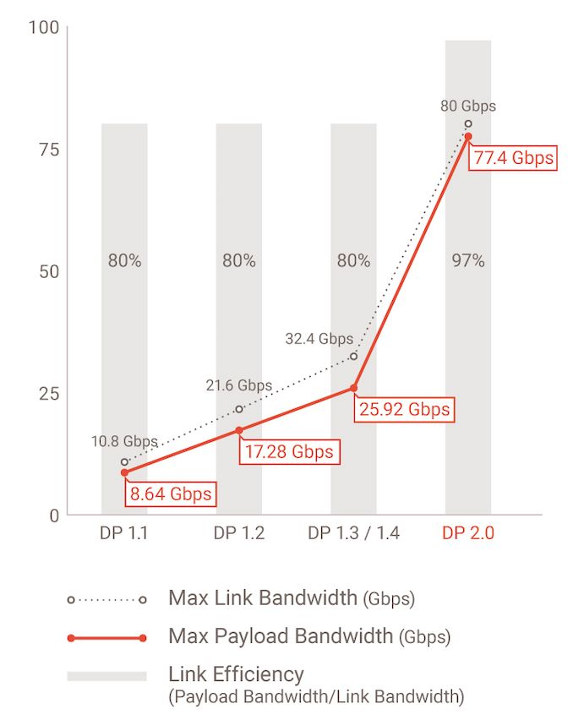
![pi top [4]](https://www.cnx-software.com/wp-content/uploads/2019/06/pi-top-4.jpg)
